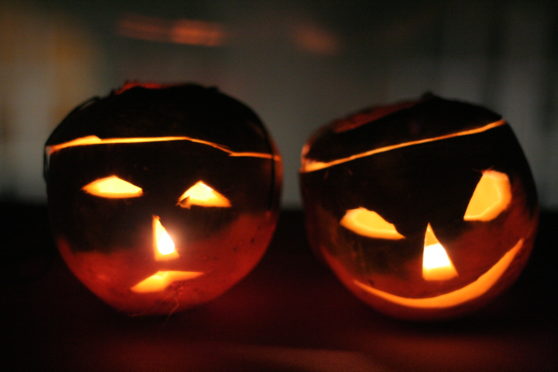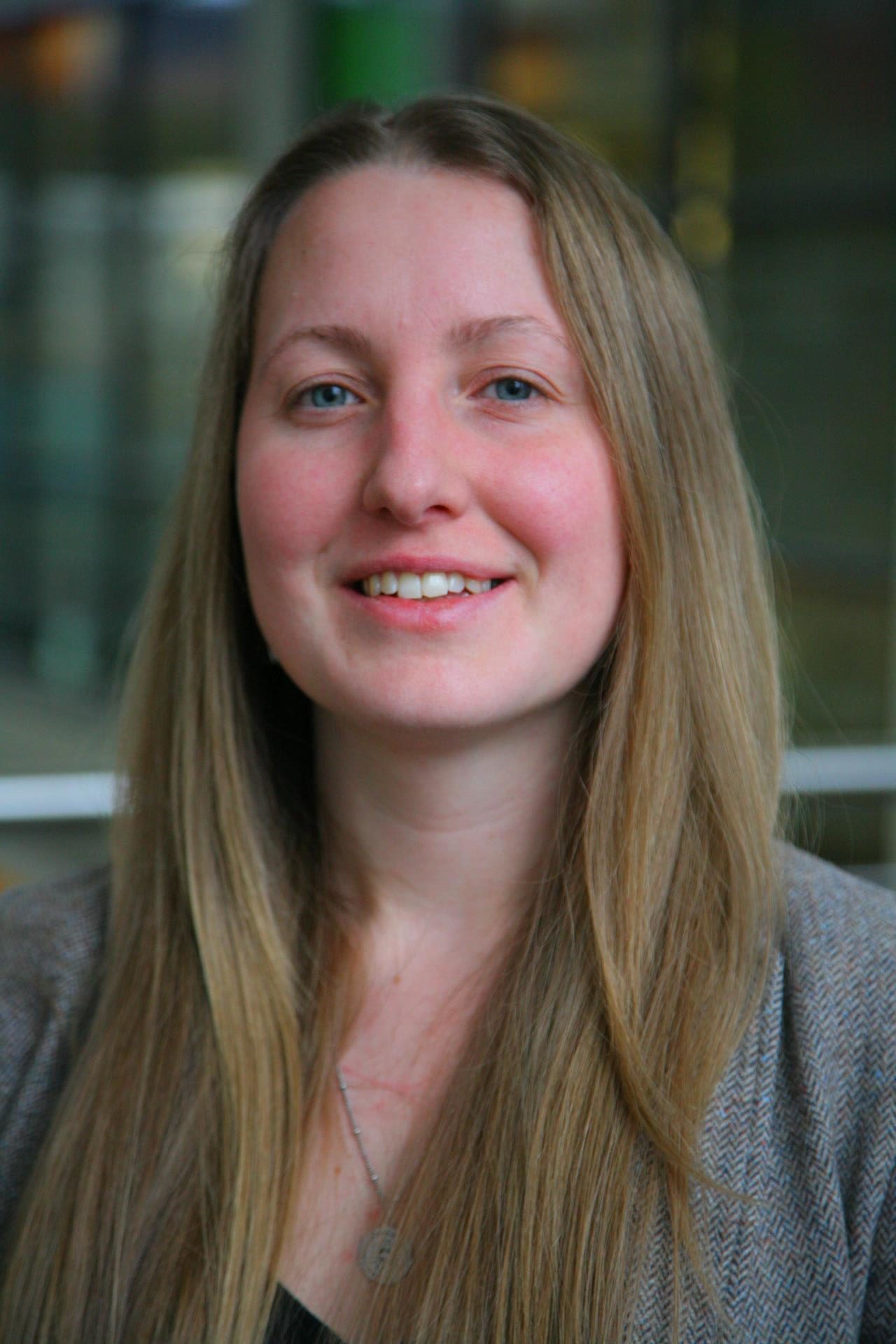Communities have been praised for ensuring there is still something strange in their neighbourhood this Halloween, despite coronavirus limitations.
Families have been told to avoid guising to minimise the risk of spreading Covid-19 and many other spooky events have been cancelled in line with public health advice.
And having already battled through a difficult summer, these roadblocks will “undoubtedly” have a further economic impact on businesses.
But Rachael Ironside, who heads up Robert Gordon University’s events management course, says the situation is providing new ways to support struggling organisations.
“In my local neighbourhood, pumpkin picking experiences have emerged and there is a spooky window and forest trail,” she said.
“I have also seen virtual ghost tours, such as the one being offered by Befriend a Child in Aberdeen, and even a Halloween self-service brownie box in Forfar.
“We might not be able to celebrate Halloween in its commercialised form this year, but its storytelling traditions can provide an opportunity to explore the heritage and legends of our local community, and experience some much needed escapism.”
Community websites and social media pages have been filled with ideas for how locals can continue to celebrate on the year’s most colourful and fun events.
Halloween’s Scottish origins can be traced back to the Celtic tradition of Samhain, which marked the end of the summer harvests and was thought to weaken the boundary between the living and dead.
In order to ward off ghosts, people would light bonfires and extinguish their house fires to prevent spectres from being attracted into their properties – an activity which evolved into turnip and pumpkin carving.
Additionally, early guisers were thought to have dressed up their children in costume so they could blend in safely with the ghosts roaming the streets.
In recent years the market for spooks and scares has expanded greatly, with historical locations and visitor attractions steeped in supernatural history taking advantage of the increased attention.
But with many in-person events cancelled due to the pandemic, Dr Ironside said the experiences could still be replicated in a safe environment.
In Pictures: Horror home decked out for Halloween celebrations
She said: “Heritage sites and tourism destinations are very aware of the value attached to their supernatural stories and legends, and the popularity of these events demonstrates our continued fascination with the uncanny.
“Supernatural stories can offer an opportunity for us to engage in the extraordinary, explore issues around mortality, spirituality and morality, and take part in an organised form of legend-tripping.”
Dr Ironside added: “Let’s support those businesses that do offer an alternative experience, let’s turn off the lights and gather around the dining table for a spooky storytelling session, and let’s use this Halloween to embrace our fascination with the uncanny in new and traditional ways.”
Last week Deputy First Minister John Swinney warned people not to head out trick-or-treating amid the pandemic.
He said: “I know guising is a big part of Halloween and children will be sad to miss out, but as door-to-door guising brings an additional and avoidable risk of spreading the virus, our clear advice for families is to avoid it.
“Children can still get dressed up and share jokes with their families, and our Parent Club guidance has lots of fun and creative ideas for families to enjoy a safe celebration at home.
“Adapting alternative celebrations and sticking to the rules in place can go a huge way to ensuring everyone’s safety.”











